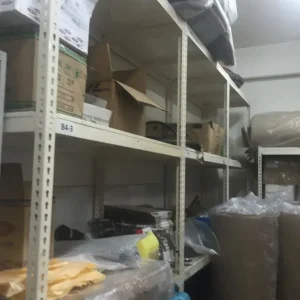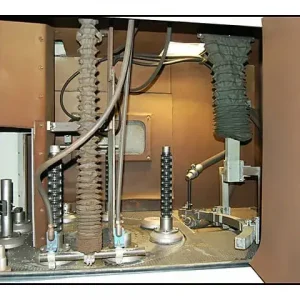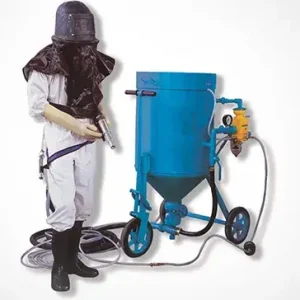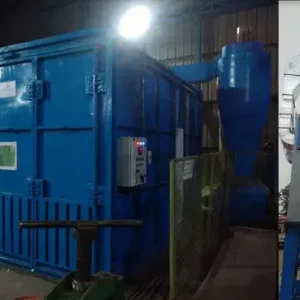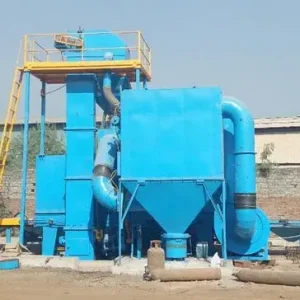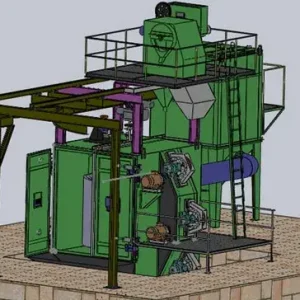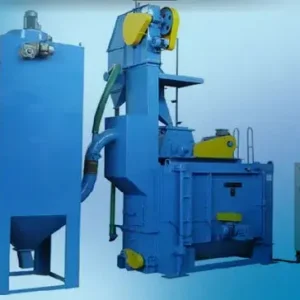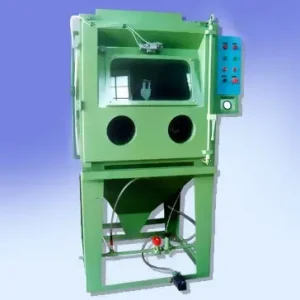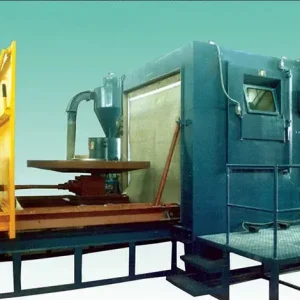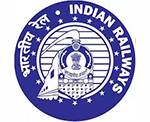Pipelines—whether used for oil, gas, water, or industrial chemicals—face constant exposure to corrosion, rust, scale, and environmental damage. Over time, these issues can lead to reduced efficiency, leakage, or even complete system failure. This is where sand blasting plays a vital role in pipeline maintenance.
From surface cleaning to protective coating preparation, sand blasting is a trusted method across industries to extend the lifespan and enhance the performance of pipelines.
Why Pipelines Need Regular Maintenance
Pipelines operate in harsh environments: underground, underwater, and through varied terrains. As a result, they face issues such as:
- Internal scaling and deposits
- External rust and oxidation
- Coating breakdown
- Environmental wear and tear
If left untreated, these issues can lead to costly repairs or safety hazards. Preventive maintenance, with sand blasting as a key process, can prevent this.
What Is Sand Blasting?
Sand blasting (also known as abrasive blasting) involves propelling abrasive media at high velocity against a surface to remove:
- Corrosion
- Old paint or coatings
- Scale and chemical residues
- Contaminants like grease or dust
For pipelines, this process is essential to prepare surfaces for new coatings, welding, or inspection.
How Sand Blasting Helps in Pipeline Maintenance
1. Rust & Corrosion Removal
Over time, pipelines corrode due to moisture, air, and chemicals. Sand blasting removes this corrosion efficiently, restoring the surface and preventing further damage.
2. Surface Preparation for Coatings
Before applying epoxy, polyurethane, or anti-corrosion coatings, the pipeline surface must be clean and slightly rough. Sand blasting creates the ideal texture for strong adhesion of protective coatings.
3. Cleaning Weld Joints
During pipeline repairs or extensions, welding is common. Sand blasting ensures the weld joints are clean, oxide-free, and ready for further inspection or coating.
4. Internal Cleaning (In-Pipe Blasting)
Specialized sand blasting tools are used for internal pipeline cleaning to remove scale, chemical build-up, and contaminants that reduce flow efficiency.
Common Faults in Sand Blasting Machines & Troubleshooting Tips
Comparing Wet and Dry Blast Cabinets: Pros & Cons
Custom Sand Blasting Solutions by Leading Manufacturers
5. Non-Destructive Testing (NDT) Preparation
To carry out ultrasonic or magnetic particle inspection, the pipe surface must be smooth and contaminant-free. Sand blasting ensures accurate testing results.
Types of Abrasives Used in Pipeline Blasting
Different abrasives are chosen based on the pipeline material and desired finish:
- Steel Grit – For heavy corrosion
- Copper Slag – Cost-effective, aggressive blasting
- Garnet – Recyclable and environmentally friendly
- Aluminum Oxide – For smoother finishes or sensitive applications
Advantages of Sand Blasting in Pipeline Maintenance
- Increases pipeline lifespan
- Reduces chances of leaks or failures
- Improves coating performance
- Saves long-term repair costs
- Enhances operational efficiency
Safety and Environmental Considerations
Modern sand blasting machines come equipped with:
- Dust collectors
- Closed-loop systems
- PPE-friendly operations
These features make the process safer for workers and the environment.
Conclusion
Sand blasting is an indispensable part of pipeline maintenance. Whether you’re maintaining oil & gas lines, industrial pipes, or water distribution networks, this method ensures surfaces are clean, prepared, and protected.
At AeroWheel Surface Finishing, we offer high-performance sand blasting machines and solutions that cater to in-situ and off-site pipeline maintenance. Contact us today to learn how we can help extend the life of your pipeline systems with reliable, cost-effective blasting technology.








